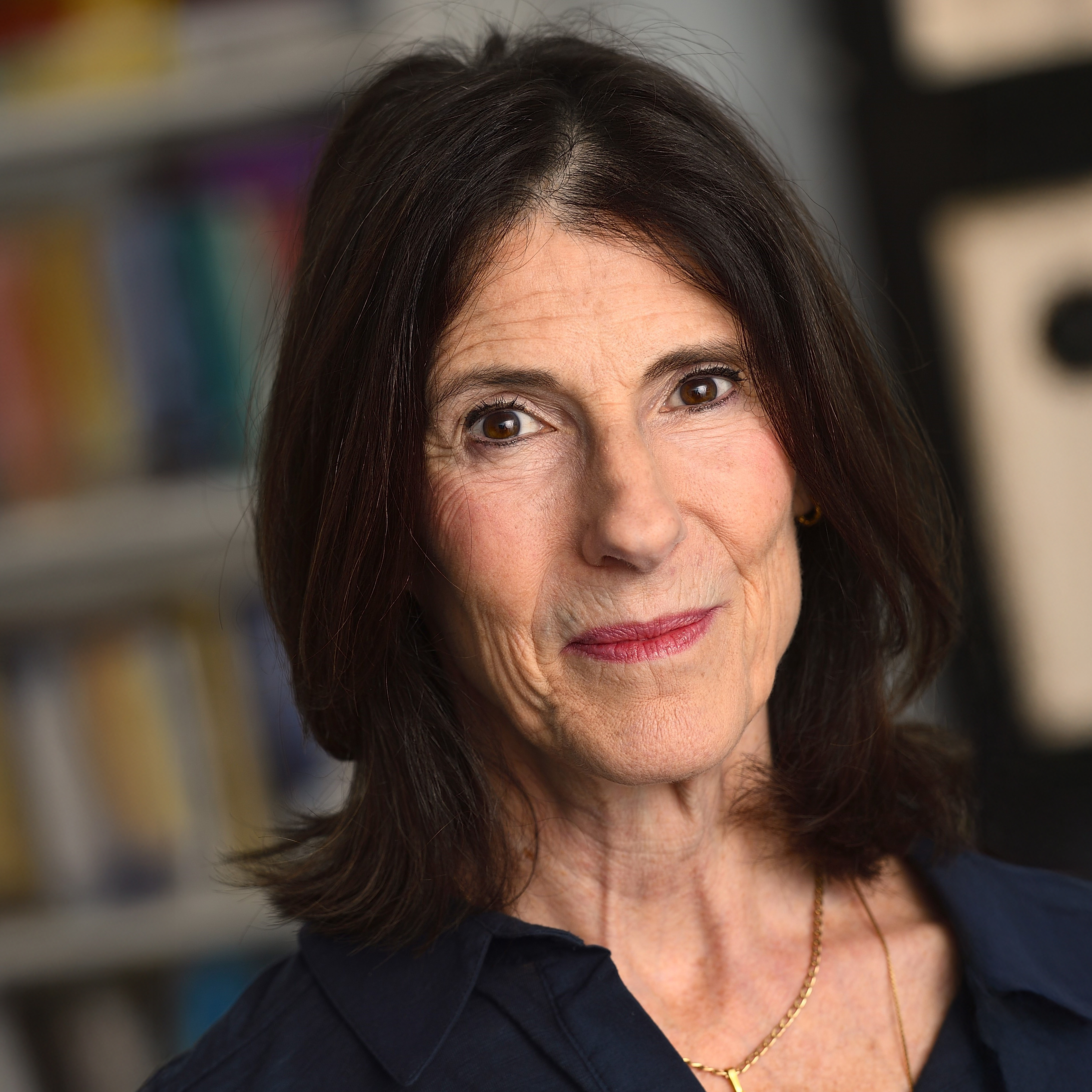
The views expressed are those of the author and do not represent the views of the SNF Agora Institute or Johns Hopkins University.
Author: Steven Teles
The nomination of Zohran Mamdani for mayor of New York suddenly has people talking about “Left Abundance.” Where earlier this year it looked as though the movement to create a more effective, problem-solving state and unlock the supply of crucial goods might end up fitting best with political moderation, it suddenly seems to have an avatar cut from a different cloth, arguing that we need to clear away roadblocks obstructing housing and…publicly owned supermarkets. Mamdani’s election raises the question of whether abundance will actually become a project of “Red Plenty,” one in which we deregulate the public sector in the name of more effective central planning and state provision.
Not so fast. Supporters of “Dark Abundance” are arguing that an abundant future can only come from the right, because progress will require, as Manhattan Institute President Reihan Salam argues, “stand(ing) behind profit-seeking real-estate developers” and others driving progress by making a buck, while the left and its institutions are the main obstacle to progress. Meanwhile, centrists are advancing a synthesis of abundance and cultural moderation within the Democratic Party, arguing that both the left and right are too committed to populist, zero-sum politics to drive the housing expansion, energy overhaul, and other changes the country needs.
It would not be hard to conclude that the emergence of these various flavors of abundance betrays the inherent squishiness and incoherence of the concept. And it is true that abundance is not a systematic ideology attached to a specific political coalition, as are conservatism or democratic socialism. But that doesn’t mean that it is ideological vaporware. As someone who has been working on many of these ideas for a decade or more, I think it is time to nail down just what sort of idea abundance is.
Abundance stirs confusion in part because, unlike contemporary conservatism and progressivism, it is not an idea that emerged to justify a specific party-political, coalitional, material, or cultural project. Given that abundance has been embraced by post-colonial socialists, techno-futurist capitalists, and Democratic centrists, it is best conceptualized as an alternative dimension that cuts across existing ideologies without entirely superseding them, defined by a new set of problems and tools for addressing them.
Abundance is fundamentally “syncretic,” spreading by attaching itself to a variety of different cultural practices and political projects, rather than by preserving its doctrinal purity. It will not wipe out everything in its path, but insinuate its way into a variety of seemingly incompatible projects and values. The Catholic church, for example, has been impressively syncretic over time, incorporating various languages and cultural practices, and remaining “Catholic” even as it spans the range from liberation theology to Opus Dei. We will know that abundance has succeeded when there is a proliferation of “abundances,” different governing projects attached to previously existing ideologies, interests, and parties.
We can already see inklings of Abundance Syncretism, as the idea merges with a variety of other ideological currents. Some have already formed as well-organized projects, while in other cases, this is a preview of coming attractions. Some are movements that combine political action with ideology, like democratic socialism, while others are more specifically ideological and philosophical. But each of the varieties of abundance that I sketch out below will, I predict, become more defined as abundance becomes a larger part of our political discourse in the next few years. In the process, they will increasingly structure political identities that cut across our inherited ideological lines.




